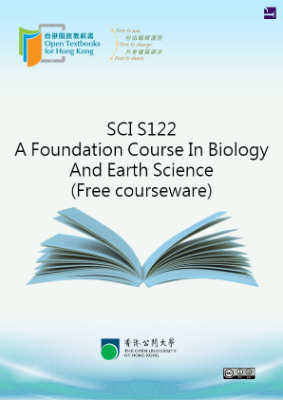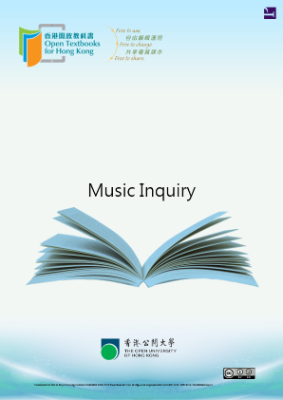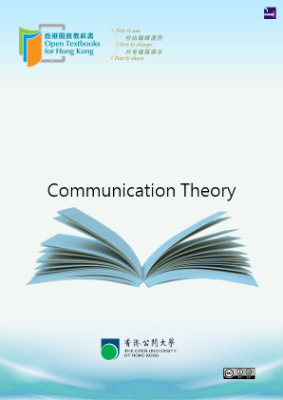In this module, you’ll be introduced to the landscape of Hong Kong by learning some of the basics of geology and geomorphology. This is a fascinating topic, since it combines the rigors of science with the chance to do fieldwork in some of the most beautiful landscapes on Earth. You’ll learn that Hong Kong is remarkably blessed in its varieties of landscapes. You’ll use maps, diagrams and video to better appreciate these landscapes, and to do your own analysis of them.
Defining geology and geomorphology
Let’s begin by considering some definitions. At secondary school, one definition of geology and one definition of geomorphology each would be enough. For us at university, however, one of each is not enough. The following activity helps you to see why several definitions need to be considered and debated.
Activity 1
Please inspect and analyse the definitions of geology and geomorphology provided below and then select the definitions you think are best. Give reasons for your selection.
Geology
Different dictionaries define the science of geology in slightly different ways. Here are three definitions:
- Lapidus (1990): geology is the study of the earth in terms of its development as a planet since its origin. This includes the history of its life forms, the materials of which it is made, processes that affect these materials, and products that are formed from them.
- Kearey (1996): the study of the solid earth. (Yes, that’s the whole definition – it’s definitely short and sweet!)
- Whittow (1984): the study of the origin, structure, composition, and history of the earth, together with the processes which have led to its present state.
What is your preference? You do not need to decide now. Read the definitions of geomorphology first, and then we will think about all of the definitions, and choose the best for each term.
Geomorphology
Let’s take three definitions of geomorphology from the same three sources:
- Lapidus (1990): the scientific discipline concerned with the surface features of the earth, including landforms and forms under the oceans, and the chemical, physical and biological factors which act on them, e.g. weathering, streams, groundwater, glaciers, waves, gravity and wind.
- Kearey (1996): the study of the form of the ground surface and the processes which shape it.
- Whittow (1984): the scientific study of the origin of landforms based on a causeand- effect relationship. Geomorphorlogical processes comprise physical and chemical interactions between the earth’s surface and the natural forces acting upon it to produce landforms.
Please look at my feedback after you’ve thought about the definitions.











